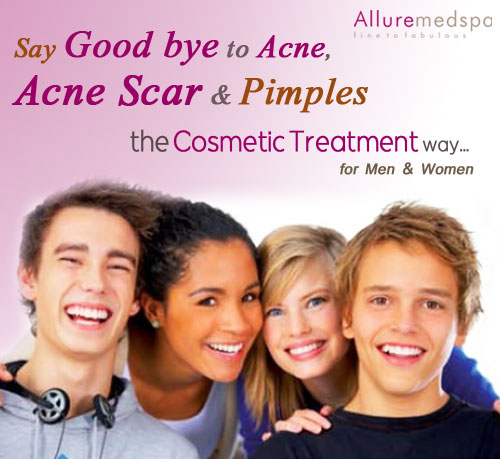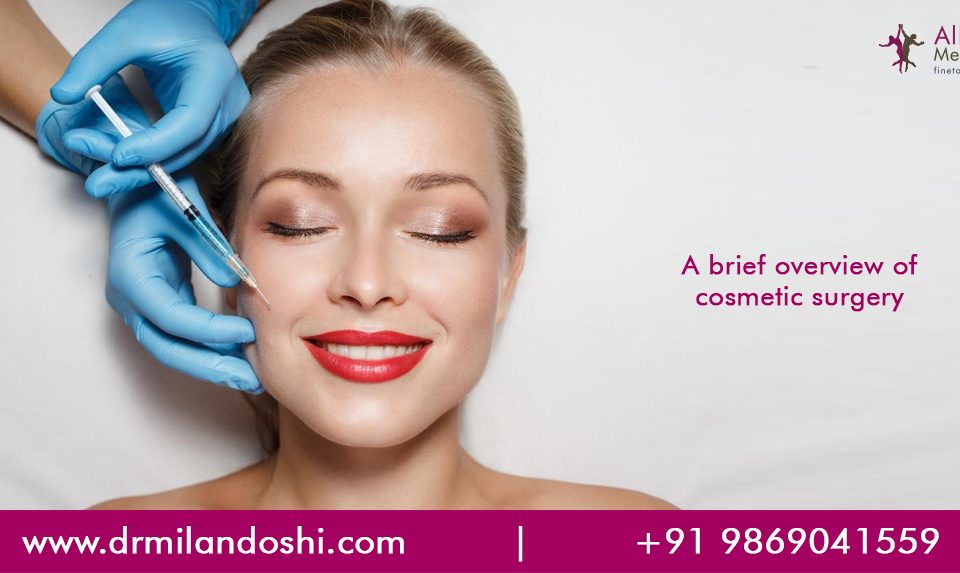Wedding Day Beauty: 4 Cosmetic Procedures that are worth the cost
Wedding Day Beauty: 4 Cosmetic Procedures that are worth the cost

Do you have sun-damaged or sallow skin, acne scars, facial hair, or rosacia? Do you want a glowing complexion, fuller lips, even skin tone? What can you do to look your best for the big day? Allure medspa investigated the cost–in money, time, and discomfort–of four common cosmetic procedure beauty investments to find the “real deals.” No beauty treatment, not even a face-lift, lasts a lifetime. But there are some cosmetic procedures that can help you look your best for your wedding, and even simplify your life for years to come. None of them are invasive or require you to recover in hiding. In most cases, you’ll be ready for your close-up in short order!
Laser Skin Resurfacing (Co2 Fractional Laser Treatment)
Best for… Those with lackluster, sun-damaged skin marred by brown spots and/or tiny broken blood vessels, and anyone troubled by the redness of rosacea. Improvements in skin tone and texture typically last for years. “Skin tone is so even that you can go without makeup.”
Repeated Fractional CO2 Laser Treatment over several weeks yield the best results. (Allure medspa give a discount for multiple sessions.)
What’s Involved A numbing cream is spread over your face a half-hour before the cosmetic procedure begins.
Wearing goggles to protect your eyes, the doctor glides the laser or light-treatment tool over your skin, emitting a broad spectrum of light that targets brown spots and reddish areas; the laser seeks out only brown pigment. The laser’s heat also spurs new collagen production and so, over time, plumps up fine lines. (IPL treatment has only a minimal effect on fine lines.)
Total time under the light or laser is about 40 minutes. You’ll leave with a good-to-go glow. Hairline broken blood vessels and red patches are history within a few days; brown spots turn darker and then begin to flake off in about a week.
Downside Because brown spots darken before they disappear, you need to schedule your cosmetic procedure well in advance of your wedding day!
Lip Plumping (Lip Augmentation Procedure)
Best for… Lips that have lost their fullness and crisp, clean edges, particularly in women over age 40. This isn’t about ultra-pouty Hollywood lips, but rather a “subtle enhancement.” “Just a little bit of extra volume can have a rejuvenating effect.”
Maintenance booster shots are generally needed every 6 months.
What’s Involved The lips and surrounding skin are numbed with lidocaine injections. A hyaluronic acid gel–such as Restylane, Hylaform, or Captique–is injected along the border of the lips. The substance itself is durable, but it also attracts water molecules, giving the filler additional staying power. Filler material injected along the outer edge of the upper lip will prevent lipstick from bleeding upward into lip lines. For the lower lip, two injections are typically needed. The doctor then gently massages the lips, sculpting the gel to achieve the desired shape and volume.
Downside About one in five people experiences swelling of the lips that may last a few days. Holding an ice pack to the lips for 20 minutes after the injections helps minimize bruising and swelling.
Chemical Peel
Best for… Those with sallow skin tones, tired tans, overactive oil glands, or acne breakouts.
Leaving a babylike smoothness and glow that last for several weeks; a series of five peels, 3 to 4 weeks apart, repeated twice a year, equalizes slight variations in skin tone and polishes the skin’s surface, minimizing fine lines (though not usually as much as IPL or laser treatments).
What’s Involved The lowest-tech and perhaps oldest of the pricier treatments, light peels have long given models’ and celebs’ complexions that enviable fresh glow. After thoroughly cleansing your skin and covering your eyes with gauze pads or goggles to protect them from splashes and drips, a nurse or medical esthetician (under a doctor’s supervision) paints your face with a mild acid solution using an oversize swab or gauze pad. A number of acids are used, and dermatologists have their favorites based on their personal preferences and experience. These include alpha hydroxy acid, lactic acid, resorcinol, or trichloroacetic acid. You’ll feel a mild stinging immediately after the acid is applied. Some acids “turn off” on their own; others need to be deactivated with a neutralizer spray.
Low-Cost Alternative The closest route to a similar result is microdermabrasion, which mechanically lifts off a thin layer of old skin cells. But to achieve the same dewy, smooth look, at-home or salon microdermabrasion treatments must be done more frequently–every 2 to 3 weeks for a month or two and refresher treatments four times a year.
Laser Hair Removal
Best for… People with dark hair and fair skin. This contrast makes it easy for the laser to target the pigment. Until recently, laser hair removal was thought to be risky for men & women with dark skin because it caused alterations in skin pigment. Today, a new generation of gentler, longer-wavelength lasers makes it safe for all skin colors.
Cost A single laser session ranges depending on the size of the area treated, and multiple sessions are usually needed. How many depends on hair density–as many as 1,000 hairs may be rooted in each section. To fully remove noticeable hair from the smallest area (above the upper lip) to the largest (both legs) (with discounts given for multiple treatments).
What’s Involved After shaving the hair, a heat-conducting gel is put on the skin, and a laser beam is guided over the area. Each energy pulse of the laser is absorbed by the pigment in the hairs beneath the skin’s surface, all the way down to the follicle. The absorbed light is converted to heat, which destroys the hair shaft and surrounding follicle. Each pulse feels like a snap on the skin or a pinprick. The face typically takes about 15 minutes; the bikini area requires 20 minutes, and the lower leg and thigh require about an hour each during this cosmetic procedure.
The downside are rare but can occur if laser hair removal isn’t done properly by an experienced professional.
Book an appointment: https://www.drmilandoshi.com/contact-us/





